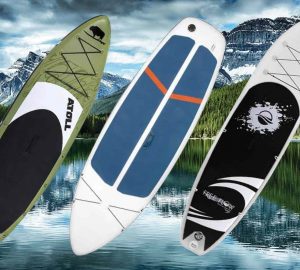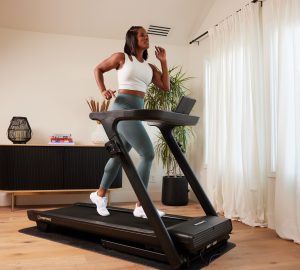Ankle socks made from bamboo fabric seemed like an ideal choice. And they were, until I trudged through the first mud pit. Now drenched and dirty, my socks were sliding off faster than the lid of the peanut butter jar at the 3 pm energy lull.
With soggy, bunching socks jamming in the toes of my shoes, I still had three quarters of the race to go. I cursed my bamboo ankle sock fail, and wondered why I didn’t seek advice on attire for my inaugural obstacle course race.
Here are a few key tips I wished I knew about attire and prep in general. They’re crowdsourced from first timers to elite competitors, and will help you tackle those mud pits like a boss.
- REGISTER YESTERDAY
Pick your race(s) and sign up as early as possible. Prices often increase as race day approaches, and the best heat times fill up the quickest. Many people prefer earlier heat times to minimize the number of racers on the course and the amount of mud on all the obstacles.
- FIND YOUR FOOTWEAR
If you plan to run even a couple races each year, it’s worth purchasing a pair of shoes designed for obstacle racing. The extra grip provides better traction and sheds mud easier than regular running shoes. And the drainage ports allow water to easily escape. But if your style involves fluorescent tights and matching t-shirts for a once-a-year fun mud run with friends, a regular pair of running shoes will certainly get you to the finish line.
- PULL UP YOUR SOCKS
Bamboo ankle socks need not apply. Many people go with knee high compression style socks. They help provide protection when crawling, sliding, and climbing. Thankfully, once you pull them up, they stay up, even when drenched and dirty.
- CHOOSE YOUR CLOTHES
There are places mud should and shouldn’t be. Preventing mud from getting into the shouldn’t-be places involves snug fitting, moisture wicking, skin protecting, pocket-less attire. Though a cotton tee is a great look for many occasions, it’ll do far more chaffing than wicking when wet.
- OPT FOR SPRINTS
While training for the obstacles is far more enjoyable IMO, this isn’t American Ninja Warrior. Running is an essential part. The great news is that you can skip the lengthy cardio sessions and opt for sprints. Races are basically short running segments from obstacle to obstacle. So format your training in a similar way. Try a 400 metre sprint, and then an activity (climb, jump over, crawl under, lift) and then sprint. If you can incorporate hills into those sprints, your legs will cringe at the time, but you’ll be thankful on race day.
- MUSCLE UP
Here’s the other essential part – the obstacles. I’ve raced against people whose forte is clearly running. They fly from obstacle to obstacle. But they lose a ton of time, and have trouble completing some obstacles altogether, because they didn’t ramp up their strength and agility. So grab some weight, and push, pull, drag, hoist, throw, carry, squat, lunge. Then drop it and do 30 burpees. Kidding. Not really. Do them.
- GET A GRIP
Clearly your feet have the majority of the responsibility. But your hands, and particularly their grip, are key on certain obstacles. Monkey bars, rope climbs, horizontal walls – they all require grip and forearm strength. Among varying methods, simple ways to increase your grip strength include a plate pinch or hanging from a chin up bar, and increasing the duration each time. Eventually, you’ll show up your competitive seven year old in a monkey bar duel.
- COMBINE TECHNIQUE WITH STRENGTH
For some racers, the goal is to complete rather than compete. But if competing is where you’re at, then learning proper obstacle technique will save you valuable time and potentially penalties. Consult a local trainer or gym who offer obstacle training sessions. You CAN muscle your way through inverted walls and rope climbs; however, using strength AND technique is often a faster and safer way.
- BRING ON THE WIND AND RAIN
Who doesn’t enjoy a sweat session in an air conditioned gym, or a 5k run on a warm summer’s day? Yup, this girl. Chances are, though, race day conditions won’t be quite so ideal. If you can, take your training to a local rugged, hilly running trail. In windy, rainy drizzle. Without your earbuds.
- SHOP LOCAL
No need for a long road trip to become a mud pit boss this season. Within an hour or two of YEG, you’ll find a great selection of well known races along with events organized by community groups or gyms. Pick a race (or two). Snag the classic before/after pic for Instagram. Tag #yegfitness in your mud pit boss conquests.
Thanks to those obstacle racers near and far who provided their favorite tips for this top 10.
Vanessa Goodman is an OCR enthusiast, lover of healthy habits, communications consultant, and mom of three boys.








